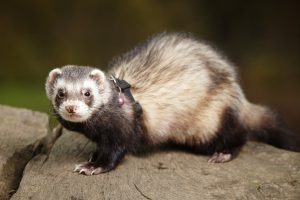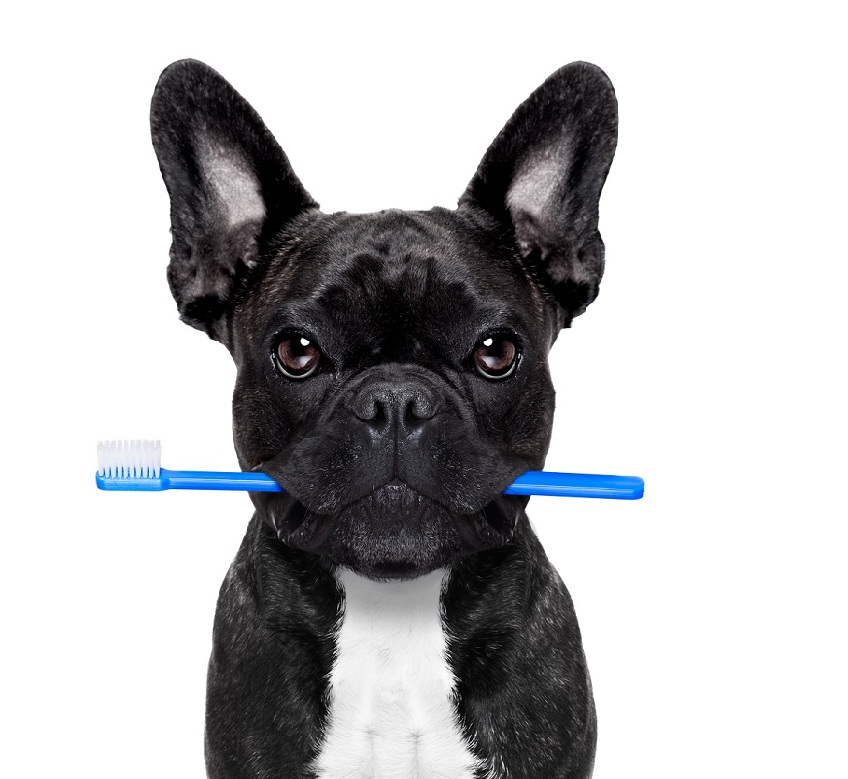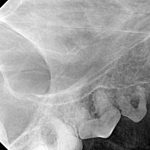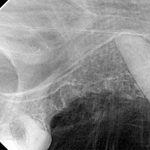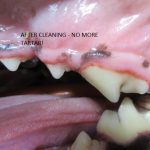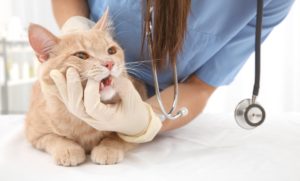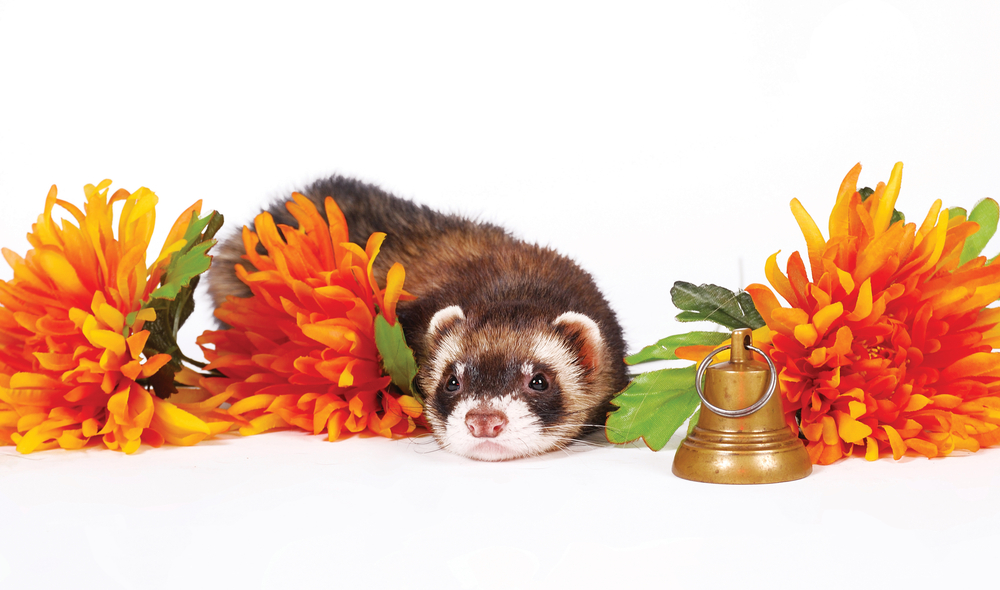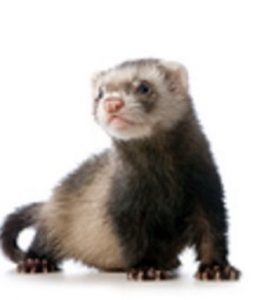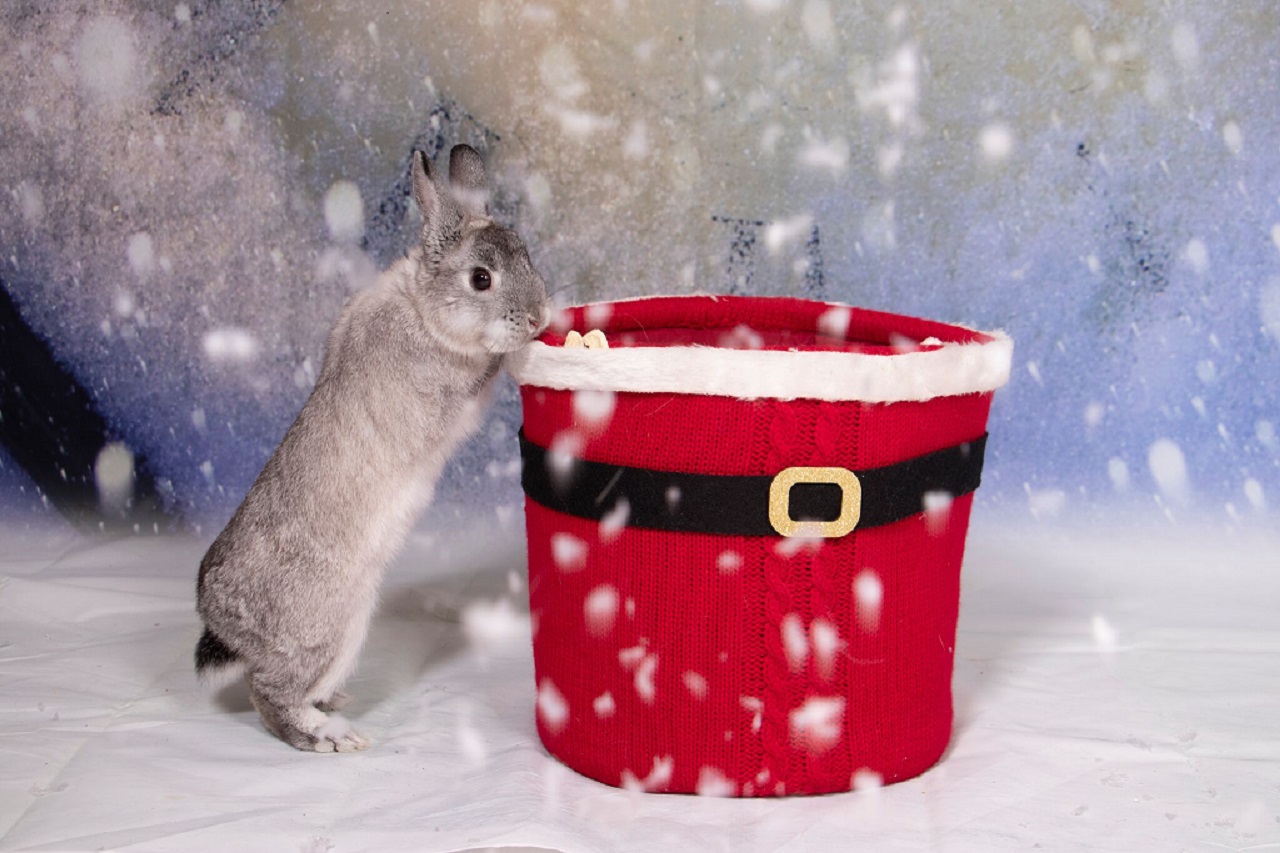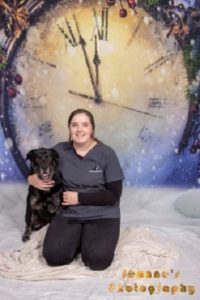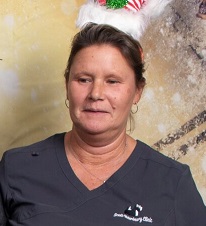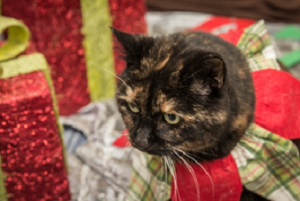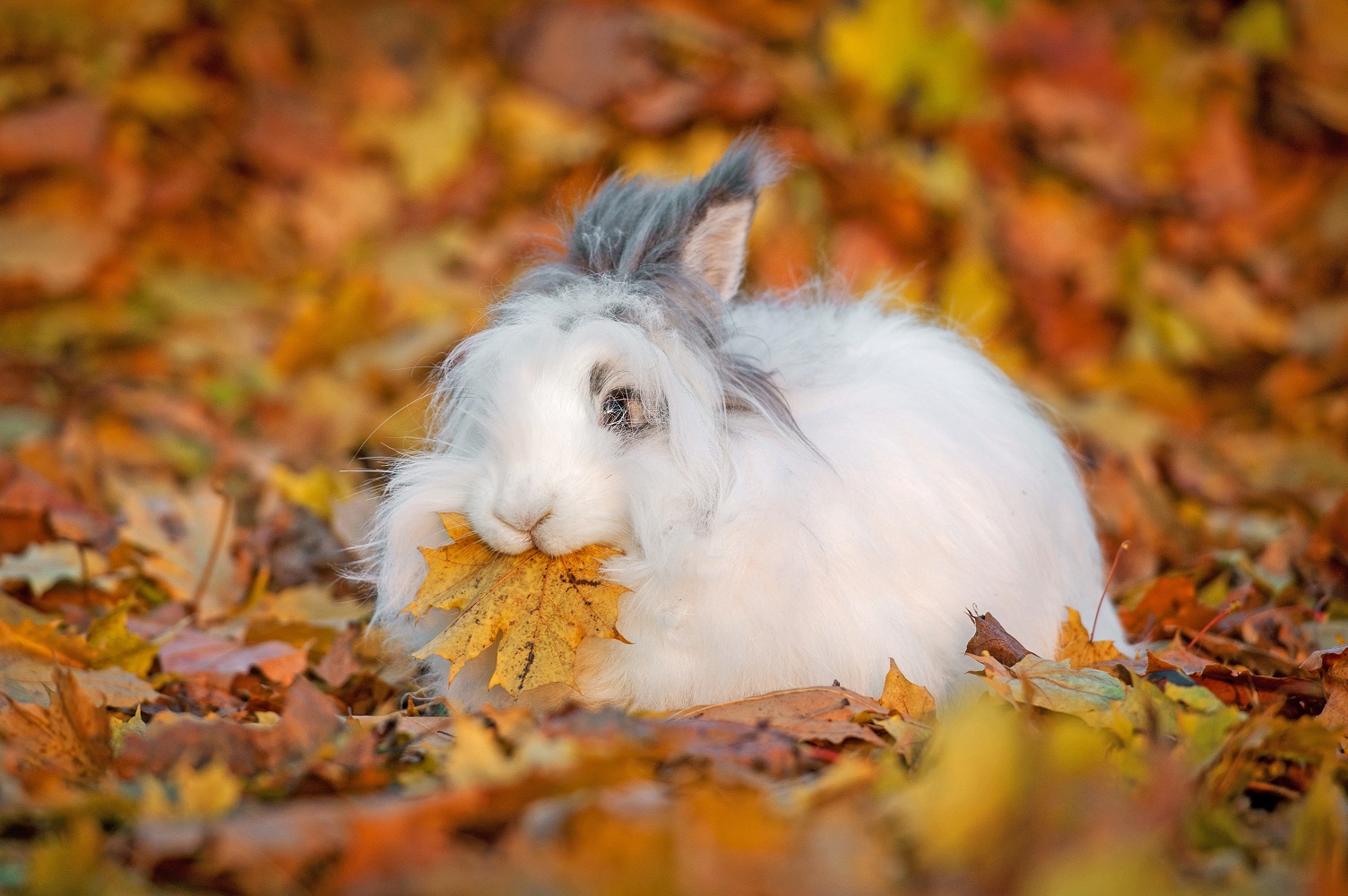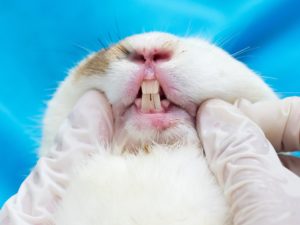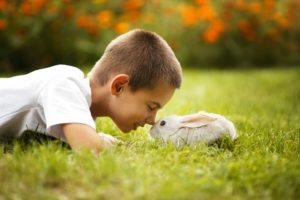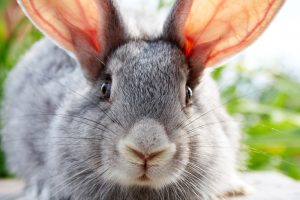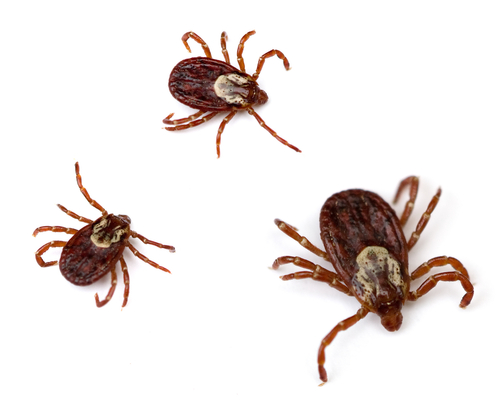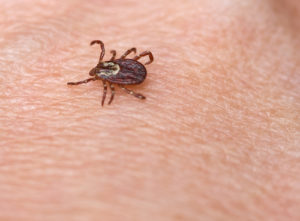The topic of this blog post is near and dear to Dr. Forbes’s heart: Ferrets! Although unconventional, ferrets are known to make wonderful pet companions. Ferrets have huge personalities, are capable of being litter-trained, and are intelligent enough to train to perform tricks! Pet ferrets tend to gain a bad reputation for looking like a combination of a rat and a snake, with the bad smell of a skunk. But despite this negative image, ferrets are known to be silly, fun-loving pets by those who own them.
If you or a family member is considering adding a new small companion into the household, a ferret may be the ideal pet–but only after careful consideration.
Did you know…
-
Ferrets were originally kept for rodent control purposes. It is very important to keep your ferret separated from prey species such as hamsters and rats!
-
Ferrets are escape artists! Any gap wide enough to accommodate their skull, typically the rest of their body will fit through as well.
-
Ferrets are mischievous, and are known to collect items around their living space and hide them. One ferret owner once found a stash of money their ferret had been hiding!
Temperament.
Each ferret is an individual and will have it’s own individual temperament. Overall, ferrets are known to be playful, curious, and energetic. They love to play and romp. When excited, a ferret will perform a “war dance” where they arch their back and leap and hop around, often bumping into the things in the process! Contrary to their playfulness, ferrets are similar to cats in that they sleep the majority of the day. Ferrets will sleep up to 18 hours a day and tend to be most active early in the morning and in the evenings. Some ferrets, particularly young ferrets, may be nippy, and therefore it is important to learn proper handling and be cautious when allowing children to handle them.
Finances & Vet Care.
The initial costs of purchasing/adopting your pet ferret will be considerable. This includes the cost of the ferret itself, a proper ferret enclosure with all associated dishes, toys, litter boxes, etc. Ongoing expenses will include proper nutritious food, litter, cleaning supplies, and replacement toys.
It is important to keep in mind that owning a pet ferret will be associated with veterinary bills. It is highly recommended that ferrets receive annual wellness examinations by a ferret-experienced veterinarian to ensure that your ferret is in good health. Just like us people, your pet ferret can get sick and may require veterinary care to ensure it lives a long, happy, and comfortable life! Ferrets are required in Ontario to have their rabies vaccination. Ferrets are also vaccinated for distemper. Both of these vaccinations must be boosted annually. Ferrets are prone to developing dental disease, and may require dental cleanings under anaesthesia by a veterinarian.
It is typical for ferrets in North America to be provided by large breeding facilities, which have their ferrets spayed or neutered as well as descented prior to sending them for sale at pet stores. Descenting a ferret is the practice of removing the anal glands as an attempt to decrease odour, however this practice is not performed in the UK due to the majority of the odour coming from the sebaceous or skin glands of the ferret.
Common ailments of ferrets will be discussed in the next blog post so keep an eye out!
Lifespan.
Typical lifespan of a ferret is 6-12 years, with majority of ferrets in North America living 6-8 years. The range is so broad as lifespan tends to vary heavily with the source of the ferret (where it was bred/it’s genetics), proper care of the ferret, and often just plain luck. Ferrets are susceptible to a small group of diseases, which occur very commonly, and will be discussed in our next blog post for your interest.
Care and Husbandry.
That brings us to our next point, read on to find out what is involved in the care for a pet ferret!
Housing:
You can purchase a ferret enclosure from most pet stores that sell pet ferrets. It is important that your enclosure is large (at least 24x24x18 inches) and offers ample enrichment. Ferrets should not always be confined to their enclosure and should be permitted ample playtime (min 2 hours/day) in a ferret-proofed area. Ferret-proofing requires ensuring that there are no gaps or holes in the room allowing escape into the walls, out of windows, into floor or wall vents, etc. Ferrets are capable of fitting into very small spaces and enjoy squeezing through gaps and tunnels. Enrichment ideas include playing with toys, playing with other ferrets, use of hammocks and tunnels, giving a variety of appropriate foods, hiding treats and foods, and providing unique materials such as boxes and bags for the ferret to enjoy. Provide multiple litter boxes for your ferret to do their business. Ferrets tend to prefer their litter boxes be placed in the corners of their living space. Use a pelleted litter material instead of clay or clumping.
Diet:
It is known that ferrets, like cats, are obligate carnivores. This means that they require nutrients obtained from consuming meat only. This means that like your cat, your ferret cannot survive on a vegetarian or vegan diet. There are many commercial diets available at pet stores for your ferret. Feeding a commercial diet for a ferret is typically the preferred method of feeding a ferret, as they provide meat-based nutrition that has been formulated to meet a ferret’s specific nutritional needs, and these dry foods are convenient to purchase and feed. It is also possible to feed a good quality dry cat food to your ferret that uses meat sources and not grains. It is important to ensure that the food that is high in protein (30-35%) and fat (15-20%), and is low in carbohydrates and fibre. Some owners feed whole prey to their ferret. Do not give live prey to your ferret as there is the possibility of the prey biting or injuring your ferret, and though it is mimicking nature, it is not particularly humane. The suggested ideal diet in literature is currently to feed a high quality commercial ferret kibble, offer a freshly killed whole prey food item once weekly, and offer occasional canned cat food or alternate texture such as raw egg. It is vital to maintain proper hygiene when handling whole prey as raw meat can contain and grow harmful bacteria.
It is important to keep food available or offer food often, as ferrets have short digestive tracts and digest their food quickly. Ferrets, unlike cats, do not tend to over gorge themselves, though it is still important to ensure your ferret does not become overweight and has ample opportunity to be active and exercise. Keep clean, fresh water available at all times as well. Ferrets enjoy playing in water so it is important to ensure the water dish is not easy to tip over.
Socialization:
Ferrets are very social animals and typically prefer to be in pairs or small groups. It is possible to own a single ferret as long as you are capable of offering it plentiful playtime and enrichment. It is important to interact with your ferret often and offer positive interactions such as giving them treats (within reason), and playing with them using toys. Do not encourage your ferret to play fight with your hands as this can encourage nipping and biting. Never use punishment with your ferret, as punishment has been associated with the development of fear and aggression.
Ferrets are known to be a bit stinky, but they are actually very clean animals. Clean your ferret’s litter boxes daily and perform a full thorough clean of the entire space your ferret occupies at least weekly. You can bathe your ferret with a gentle ferret shampoo occasionally, but avoid bathing too frequently as this can actually stimulate production of oils and make your ferret more odourous!
Here at Scott Veterinary Clinic we would be more than happy to answer any questions or concerns you have about the husbandry of your pet ferret, or if you wish to discuss further if a ferret is the right pet for you!
If you are considering purchasing or adopting a pet ferret, please make sure that you check the by-laws associated with your municipality. Some cities and townships in Ontario have regulations that do not permit the ownership of ferrets at this time.
Some Ferret Facts!
-
Here in Canada our wild counterpart of the ferret is the black-footed ferret! They live across the prairies and grasslands of North America and are currently listed as an endangered species by the IUCN.
-
Female ferrets are called jills, males are called hobs, and babies are called kits.
-
A group of ferrets is called a “business”.
-
Ferret-legging was a competitive game said to have been popular in England, where people would put a ferret down their trousers and the winner would be the person to keep the ferret in their trousers the longest!